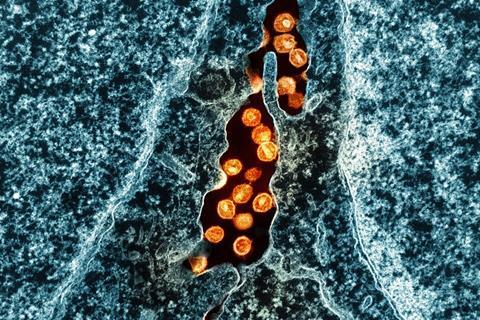A new commentary published in Annals of Internal Medicine from Roy Gulick, MD, Chief, Division of Infectious Diseases and Professor of Medicine at Weill Cornell Medicine, highlights what’s new in the updated CDC HIV Non-Occupational Post Exposure Prophylaxis (nPEP) Guidelines.

According to Dr. Gulick, the streamlined nPEP guidelines should be part of general medical practice, as incorporating them will reduce new HIV infections and improve public health.
READ MORE: Novel point-of-care technology delivers accurate HIV results in minutes
READ MORE: Researchers develop method to identify dormant cells that carry HIV
Last updated in 2016, the updated CDC nPEP Guidelines aptly incorporate a number of innovations and developments in the field since their last iteration.
nPEP remains recommended for anyone with substantial risk of exposure through sexual contact or needle use, and the new guidelines outline additional relevant factors to use when assessing the exposure. These include the HIV RNA level of the source and whether the person exposed was taking PrEP.
Speed is key
The updated guidelines stress the importance of taking nPEP as soon as possible, ideally within 24 hours (in contrast to the 2016 guidelines of 72 hours). The newly preferred nPEP regimens include three drugs: an HIV integrase inhibitor, either bictegravir or dolutegravir, together with 2 nucleoside analogue reverse transcriptase inhibitors (NRTIs, tenofovir [alafenamide or disoproxil fumarate] with emtricitabine or lamivudine).
A person who is a candidate for nPEP should be tested for HIV by either a rapid test, a combination antigen-antibody test, or both. The new recommendations recommend an HIV RNA test for those who took injectable long-acting PrEP.
Finally, an important part of the new guidelines includes the CDC Guidance section, which offers suggestions and considerations for providers when implementing nPEP. Notably, the strategy of “PEP to PrEP” is outlined as an option for those who have an ongoing risk of contracting HIV sexually or through injection.







No comments yet